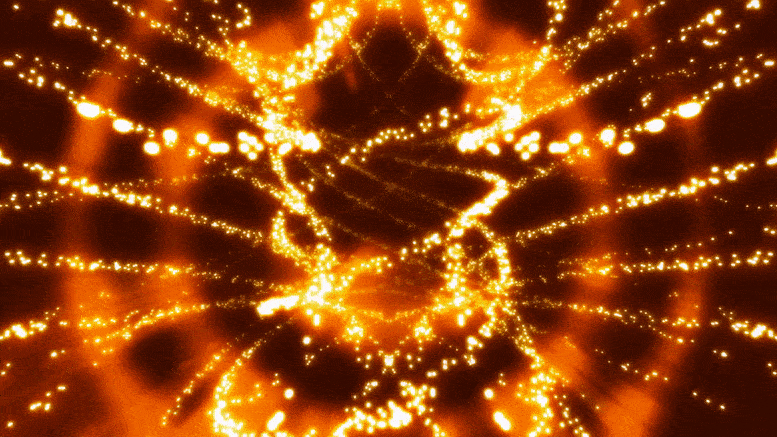
Egelman, PhD, of the University of Virginia School of Medicine’s Department of Biochemistry and Molecular Genetics, has been a leader in the field of cryo-electron microscopy (cryo-EM), and he and his colleagues used cryo-EM imaging for this seemingly impossible project.
“It demonstrates,” he said, “that the cryo-EM technique has great potential in materials research.” Credit: Dan Addison, UVA Communications.
Egelman, PhD, of UVA’s Department of Biochemistry and Molecular Genetics, has been a leader in the field of cryo-electron microscopy (cryo-EM), and he and Leticia Beltran, a graduate student in his lab, used cryo-EM imaging for this seemingly impossible project.
“It demonstrates,” he said, “that the cryo-EM technique has great potential in materials research.”.
They took DNA, the genetic material that tells living cells how to operate, and used it to guide a chemical reaction that would overcome the great barrier to Little’s superconductor.
“This work demonstrates that ordered carbon nanotube modification can be achieved by taking advantage of DNA-sequence control over the spacing between adjacent reaction sites,” Egelman said.However, it offers proof of principle and has great potential for the future, the researchers say.
“While cryo-EM has emerged as the main technique in biology for determining the atomic structures of protein assemblies, it has had much less impact thus far in materials science,” said Egelman, whose prior work led to his induction in the National Academy of Sciences, one of the highest honors a scientist can receive.
“While we often think of biology using tools and techniques from physics, our work shows that the approaches being developed in biology can actually be applied to problems in physics and engineering,” Egelman said.Egelman and Ming Zheng, 28 July 2022, Science.
August 6, 2022August 6, 2022August 5, 2022August 4, 2022